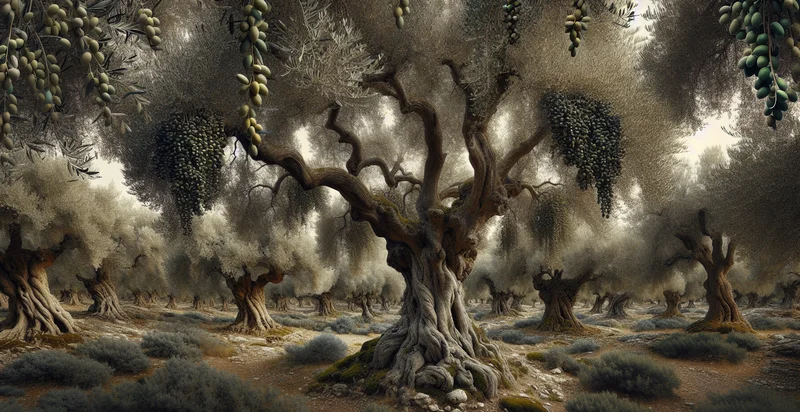Identify olive tree species
using AI
Below is a free classifier to identify olive tree species. Just upload your image, and our AI will predict what species of olive tree it is - in just seconds.

Contact us for API access
Or, use Nyckel to build highly-accurate custom classifiers in just minutes. No PhD required.
Get started
import nyckel
credentials = nyckel.Credentials("YOUR_CLIENT_ID", "YOUR_CLIENT_SECRET")
nyckel.invoke("olive-tree-species", "your_image_url", credentials)
fetch('https://www.nyckel.com/v1/functions/olive-tree-species/invoke', {
method: 'POST',
headers: {
'Authorization': 'Bearer ' + 'YOUR_BEARER_TOKEN',
'Content-Type': 'application/json',
},
body: JSON.stringify(
{"data": "your_image_url"}
)
})
.then(response => response.json())
.then(data => console.log(data));
curl -X POST \
-H "Content-Type: application/json" \
-H "Authorization: Bearer YOUR_BEARER_TOKEN" \
-d '{"data": "your_image_url"}' \
https://www.nyckel.com/v1/functions/olive-tree-species/invoke
How this classifier works
To start, upload your image. Our AI tool will then predict what species of olive tree it is.
This pretrained image model uses a Nyckel-created dataset and has 25 labels, including Amfissa, Arbequina, Ascolano, Barnea, Beldi, Cailletier, Chemlali, Chernomor, Dritta and European Olive.
We'll also show a confidence score (the higher the number, the more confident the AI model is around what species of olive tree it is).
Whether you're just curious or building olive tree species detection into your application, we hope our classifier proves helpful.
Related Classifiers
Need to identify olive tree species at scale?
Get API or Zapier access to this classifier for free. It's perfect for:
- Agricultural Research Enhancement: This function can assist agricultural researchers in identifying and classifying different olive tree species when analyzing their growth characteristics and resistance to diseases. By using accurate species classification, researchers can tailor their studies to focus on specific traits or resilience factors unique to certain olive tree species.
- Precision Farming Support: Farmers can leverage this function to accurately identify olive tree species in their orchards, enabling targeted cultivation practices. By understanding which species thrive best in their local conditions, farmers can optimize their planting strategies and improve yield.
- Eco-Tourism Development: Eco-tourism operators can implement this function to provide educational resources for tourists interested in olive cultivation. By correctly identifying olive tree species, operators can offer guided tours that promote awareness of biodiversity and sustainable agriculture practices.
- Olive Oil Quality Control: Producers of olive oil can utilize this function to ensure their raw materials consist of the intended olive tree species known for specific flavor profiles and quality. Correct identification can lead to better quality control and enhanced marketing strategies based on species distinctions.
- Biodiversity Conservation Programs: Conservation agencies can utilize the species identifier to monitor olive tree diversity in existing ecosystems. Accurate identification helps in developing conservation strategies that maintain or restore biodiversity in olive-growing regions.
- Culinary Research and Innovation: Culinary experts and food scientists can use this function to identify various olive tree species that contribute unique flavors and qualities to dishes. Understanding species differences can lead to innovative recipes and the promotion of heritage varieties in gourmet cooking.
- Market Analysis and Product Development: Businesses in the agricultural supply chain, including nurseries and seed distributors, can apply this function to accurately identify and market different olive tree species. Better understanding and classification can enhance product offerings and align with consumer preferences for specific varieties and types of olives.


